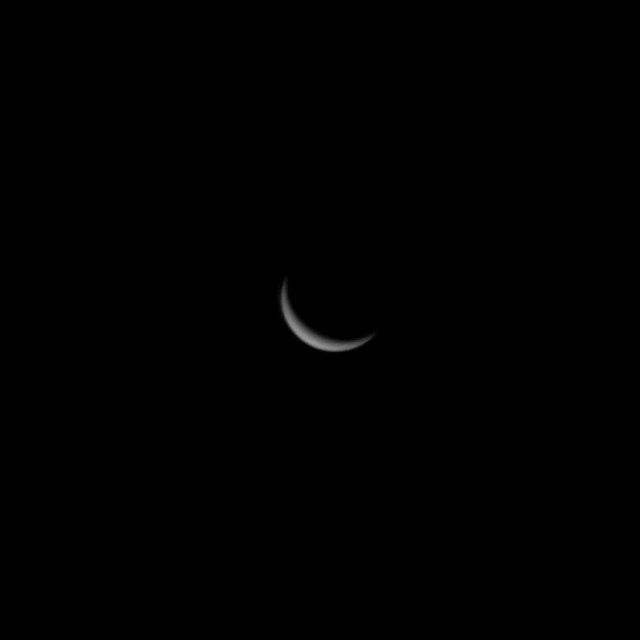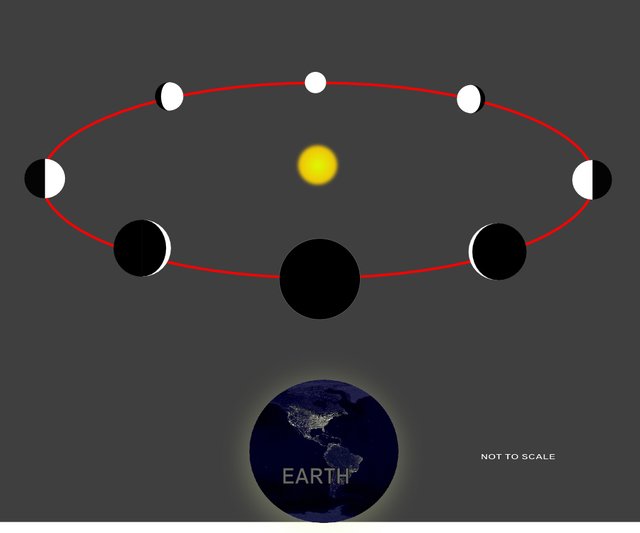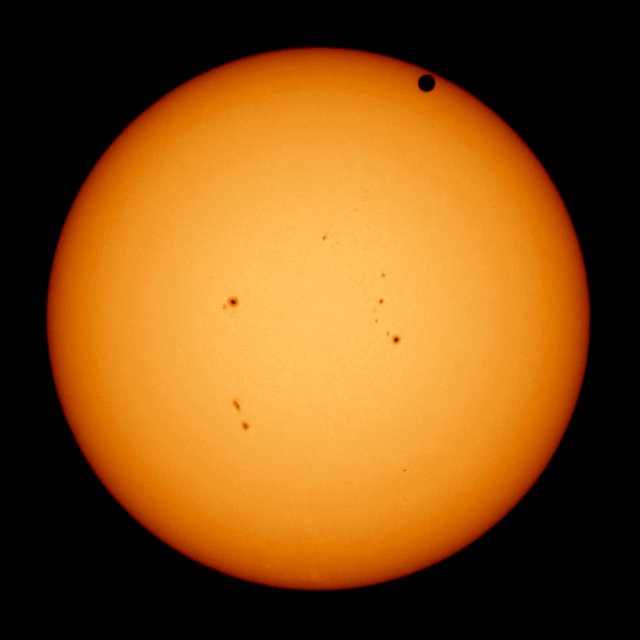Astronomical observations #2 : Venus
The planet Venus is after the Moon the brightest object of our sky. It's worth taking a closer look at her. I invite you to read my observational tips.

Finding Venus in the sky, often called the Morning Star or Evening Star, isn't a problem. It shines so clearly that someone who has no idea about the sky can take it for a UFO. When it is visible after dark, its brightness is so strong that the objects cast a shadow in its light! Venus owes its glow to the thick layer of white clouds that reflect 75% of the light falling on them. Venus is visible not long after sunset or before its sunrise. Its brightness is around -4 mag. The observed angular diameter is from 10 to 64 arcseconds depending on the position relative to the Earth. Along with the location, the shape of the observed Venus shield also changes.

The cycle of visibility of Venus is similar to the visibility of Mercury, which is however difficult to observe due to its small size and proximity to the sun. The Mercury planet doesn't show much to experienced observers. In 8 years Venus passes through 5 stages of visibility. Conditions good for observation begin before the largest elongation (the angular distance Venus from the Sun visible in the Earth's sky) in the evening sky, and end before the lower conjunction (Venus in line with the Earth in the nearest distance becomes not visible at night). Then they come back and last until the morning maximum elongation and a little bit more. This period is a total of 6 months. When Venus is near the largest elongation (farthest from the Sun in the sky), its shield in the amateur telescope has a diameter of about 25 arcseconds and is half illuminated. The diameter of the disc closest to the conjunction of the lower one exceeds 60 arcseconds (1 arc minute); then we observe a very thin crescent of the planet visible even through binoculars. The glare of Venus in the telescope hinders the viewing of the sharp shield, which is why various filters are used to help us see more details. In good conditions, views are possible as in the first photograph of the article. Clouds on Venus has no special features. Sometimes experienced observers notice darker streaks.

When Venus is in the lower conjunction, it sometimes goes against the background of the Sun's surface. This phenomenon is called Transit of Venus. Unfortunately, the next Transit of Venus will be visible only in 2117.
Greetings to lovers of Astronomy!
Sources:
Venus
Phases of Venus
Transit of Venus
and my knowledge...
All rights reserved by @astromaniac 2018
Hi @astromaniac!
Your post was upvoted by utopian.io in cooperation with steemstem - supporting knowledge, innovation and technological advancement on the Steem Blockchain.
Contribute to Open Source with utopian.io
Learn how to contribute on our website and join the new open source economy.
Want to chat? Join the Utopian Community on Discord https://discord.gg/h52nFrV
Been to outer space?! @astromaniac
Quite simple and amazing observations
Unfortunately, I wasn't. It's too expensive a dream... But in the future I want to build a small private astronomical observatory.